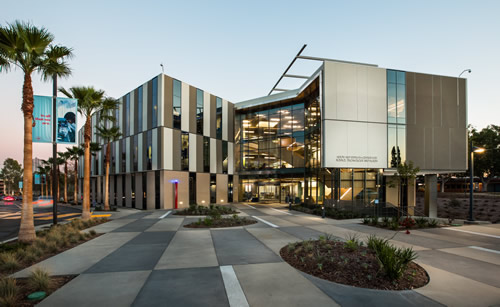Biola University Celebrates Opening of Science Center
February of 2018 saw the opening of the new Alton and Lydia Lim Center for Science, Technology, and Health at Biola University in La Mirada, CA. The donor-funded facility is the new home to several science programs, including biology, biochemistry, and engineering physics.

The new facility features cutting-edge facilities that will help students stay ahead of the innovation curve. Several laboratory spaces, six classroom spaces, and a greenhouse suite are among some of Center’s features that help promote hands-on learning in the STEM fields. The new facility provides three times the amount of space for science education when compared with the university’s previous facilities.